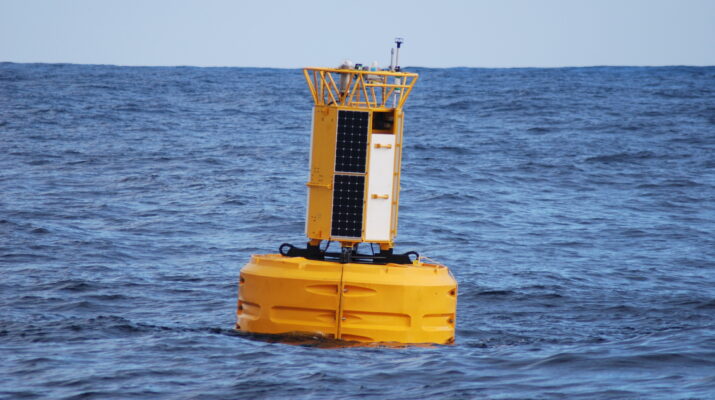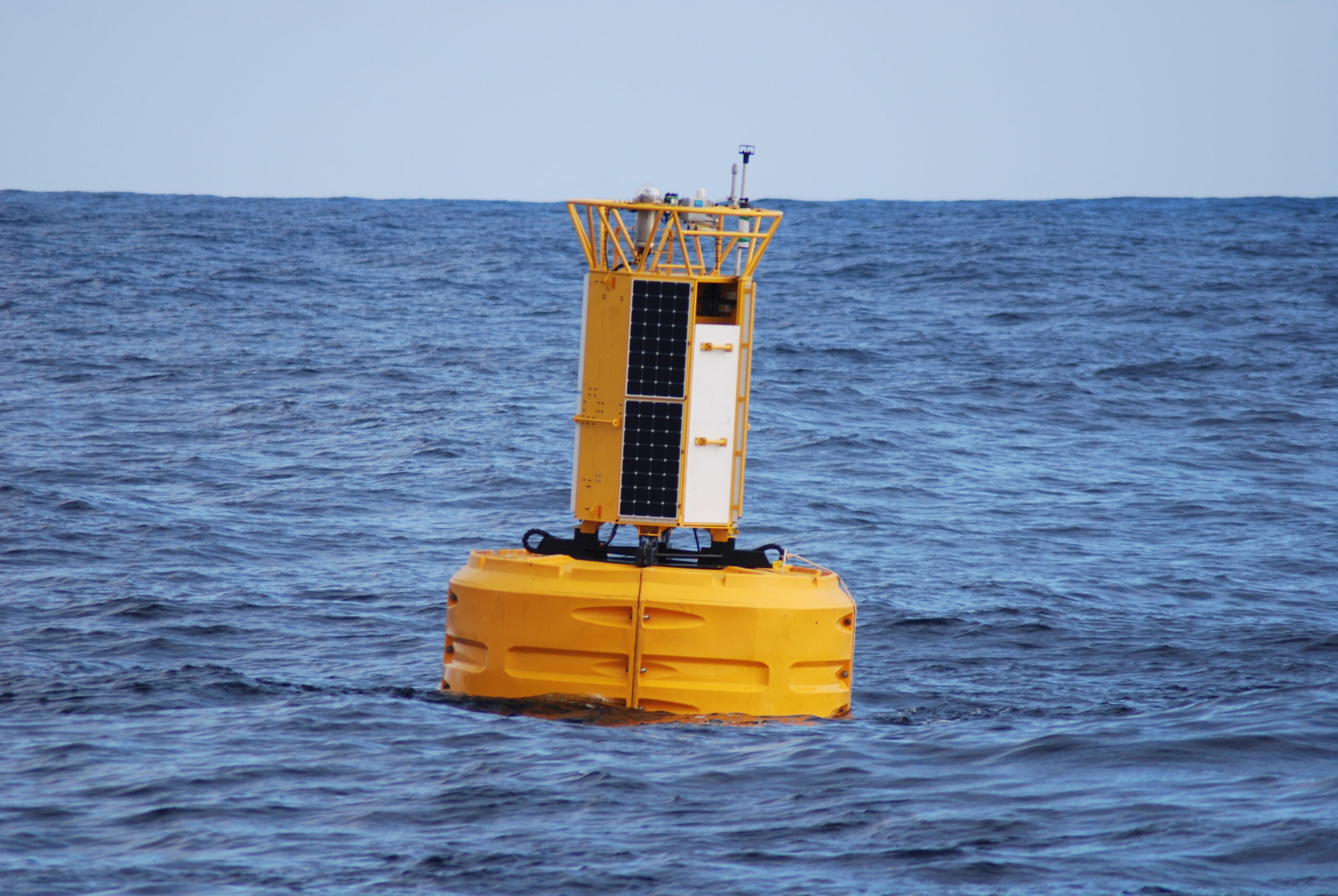[From Deep-Sea Life 16]
Andrew Gates* and Sue Hartman
National Oceanography Centre, Southampton, UK
Email: *arg3@noc.ac.uk
In November, RRS Discovery sailed from the National Oceanography Centre (NOC) in Southampton, to recover and service the moorings at two of the UK’s Climate Linked Atlantic Sector Science (CLASS) fixed-point observatory sites, Porcupine Abyssal Plain Sustained Observatory (PAP-SO) and Whittard Canyon. We were supposed to go much earlier in the year but like so many things in 2020, the cruise was delayed by coronavirus.
Weather conditions in the North East Atlantic in November are notoriously challenging, as highlighted when part of the observatory, the PAP surface buoy, came adrift in a large storm shortly before the cruise. It was expertly rescued by the GEOMAR team on board the RV Maria S. Merian before Discovery left Southampton, much to the gratitude of all involved with PAP-SO.
At Whittard Canyon, we serviced and replaced a mooring to monitor sediment transport as part of a longer-term study. At PAP-SO, we continued the long-running study on particle flux. This is integral to the time-series studies at the PAP-SO, linking data from surface waters to observations of the deep-sea benthos.
We also upgraded the observatory with a new surface buoy. This is part of a collaboration between the NOC and the UK Met Office. The buoy, moored in 4850 m water depth, provides meteorological and oceanographic data from sensors on the mast and keel. The upgrade should provide a more reliable platform for long-term data collection and support additional innovative sensors and communications to enhance capability at PAP-SO.


